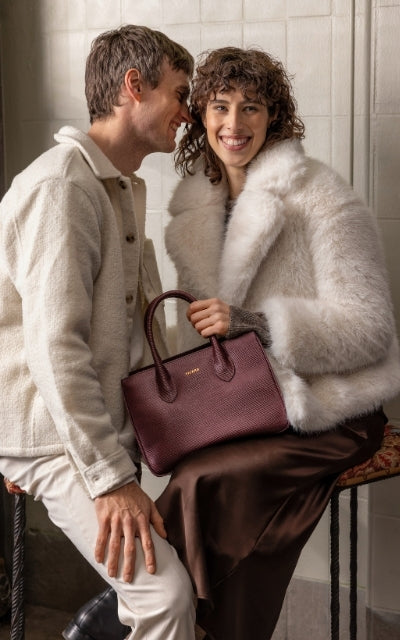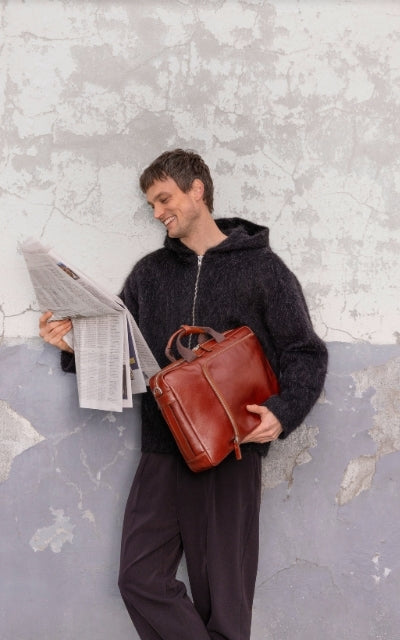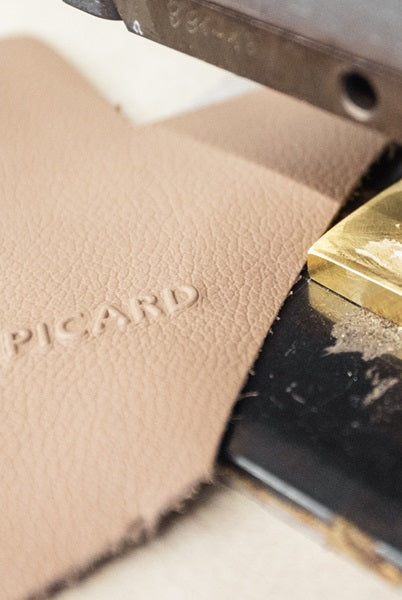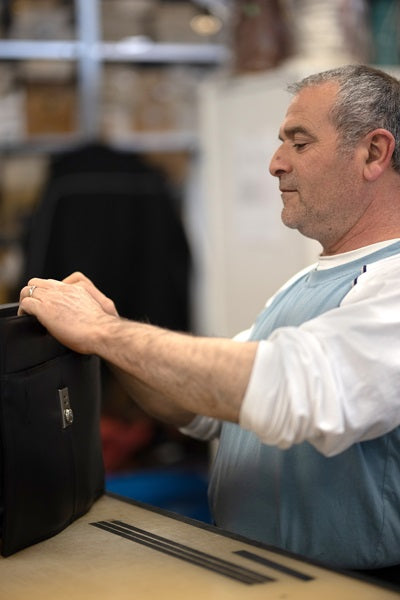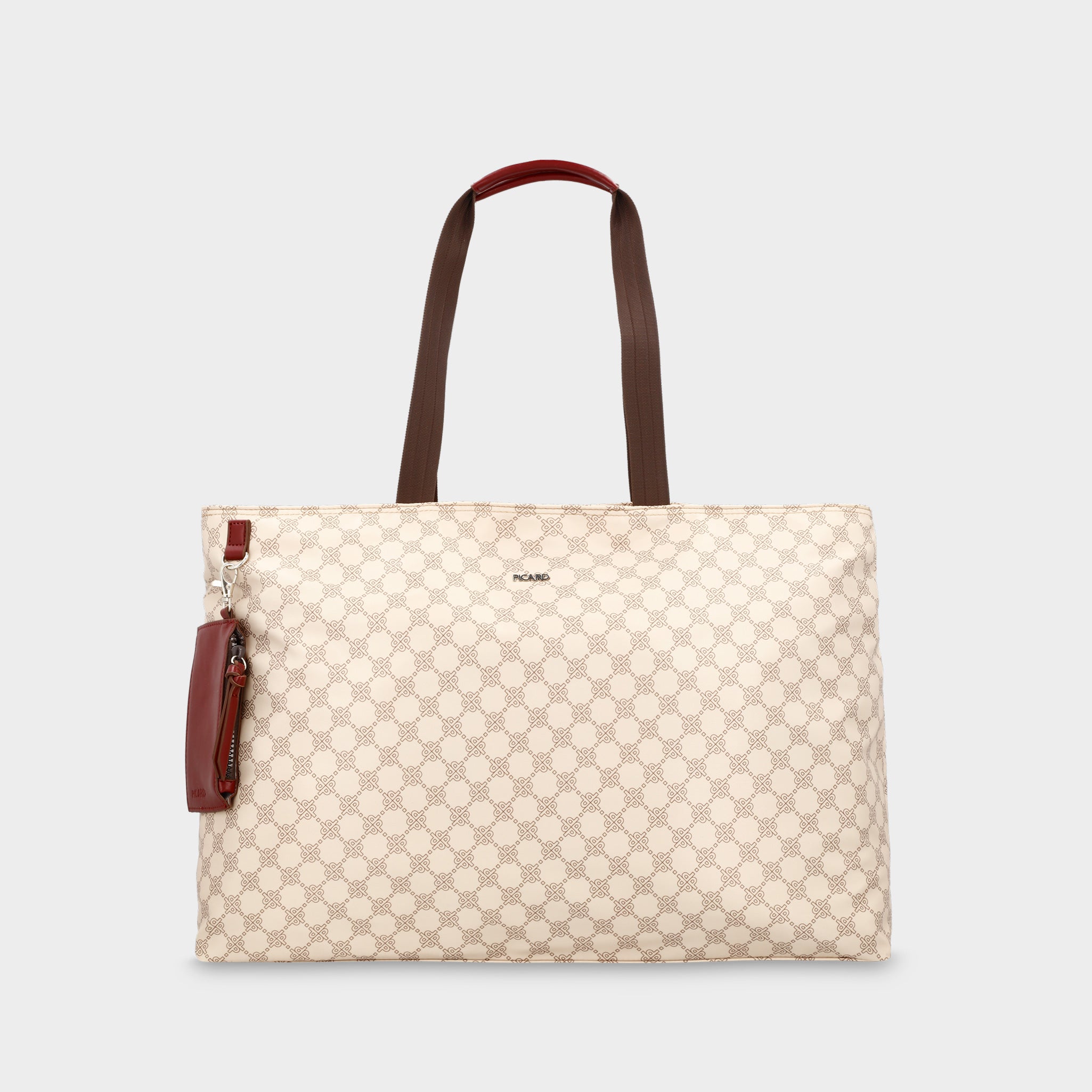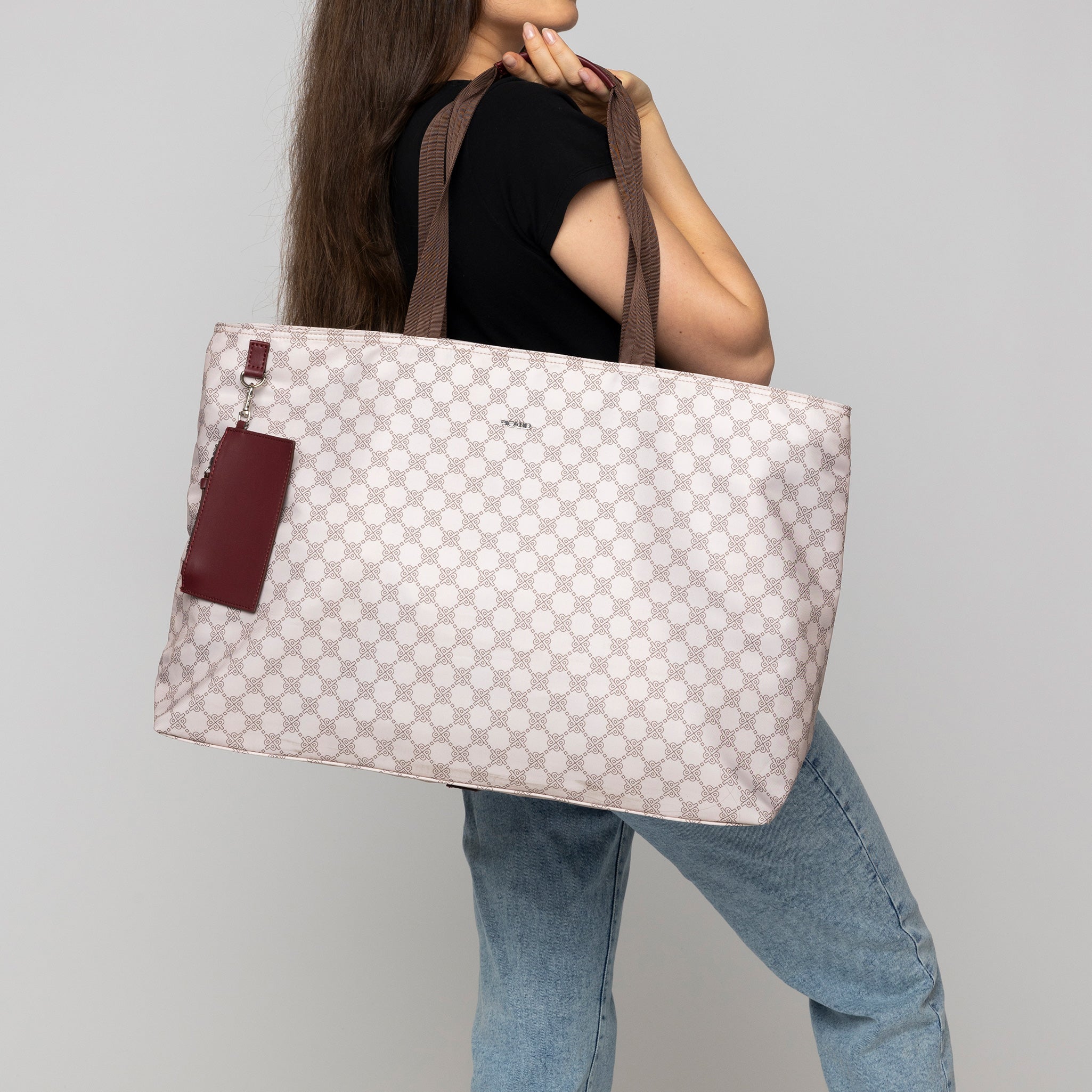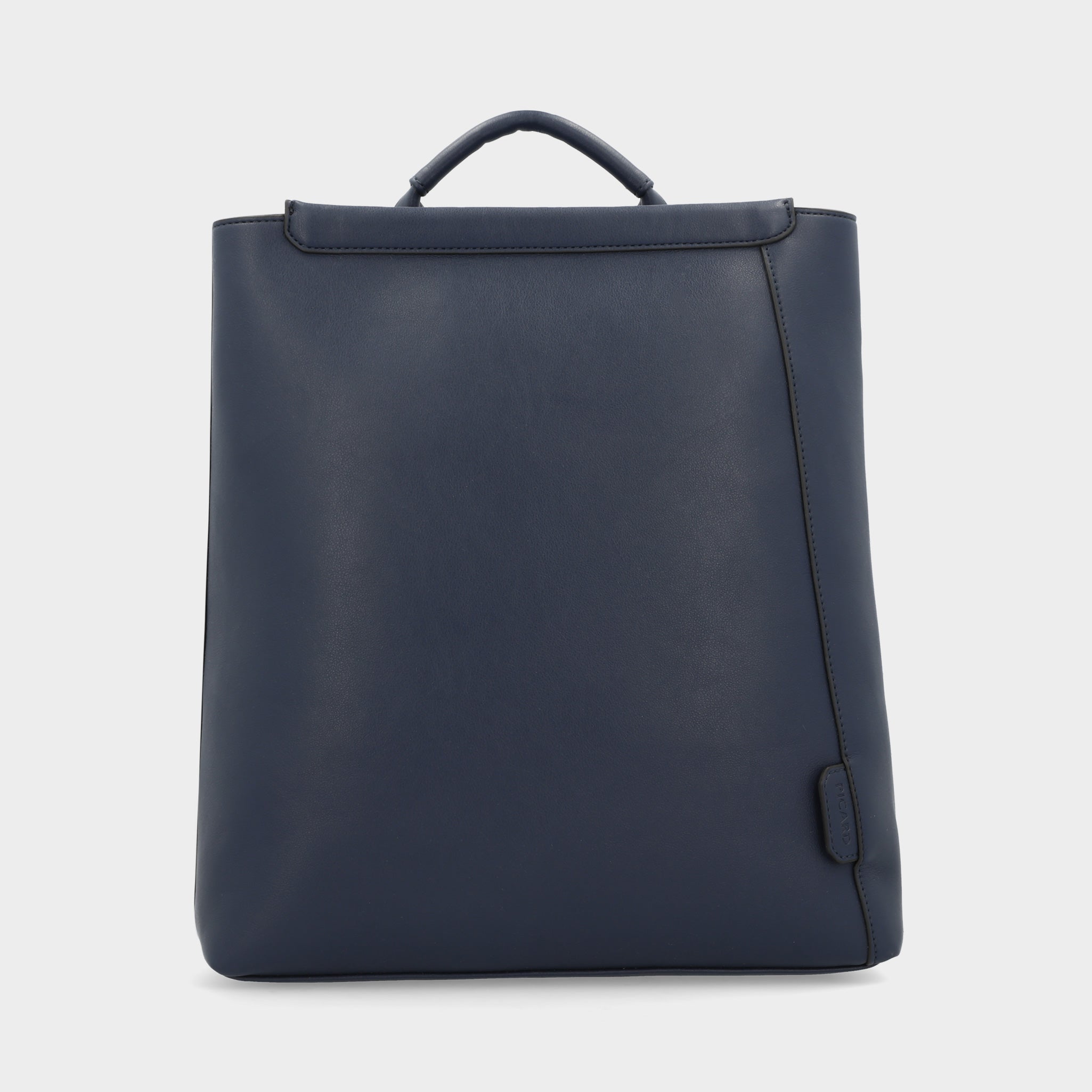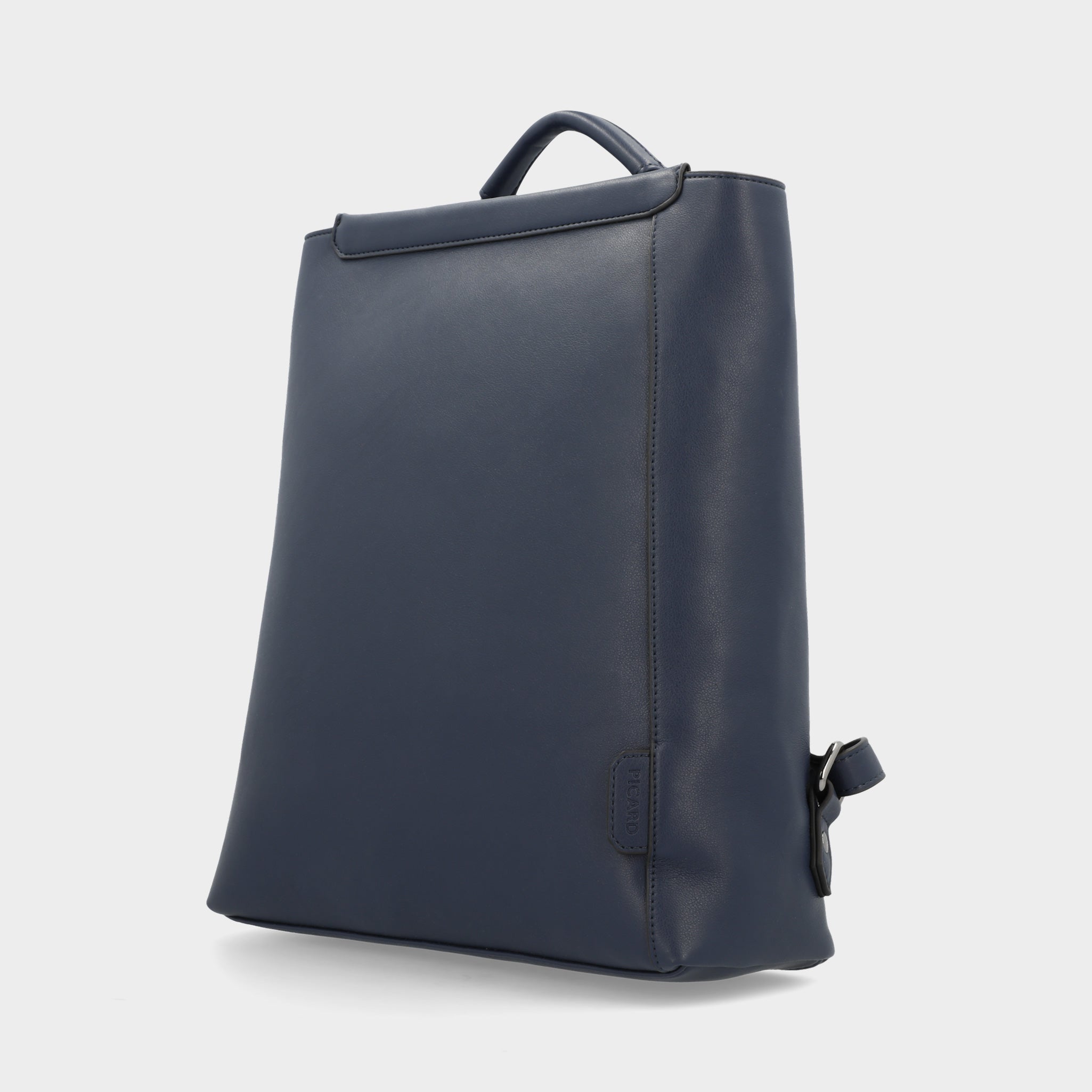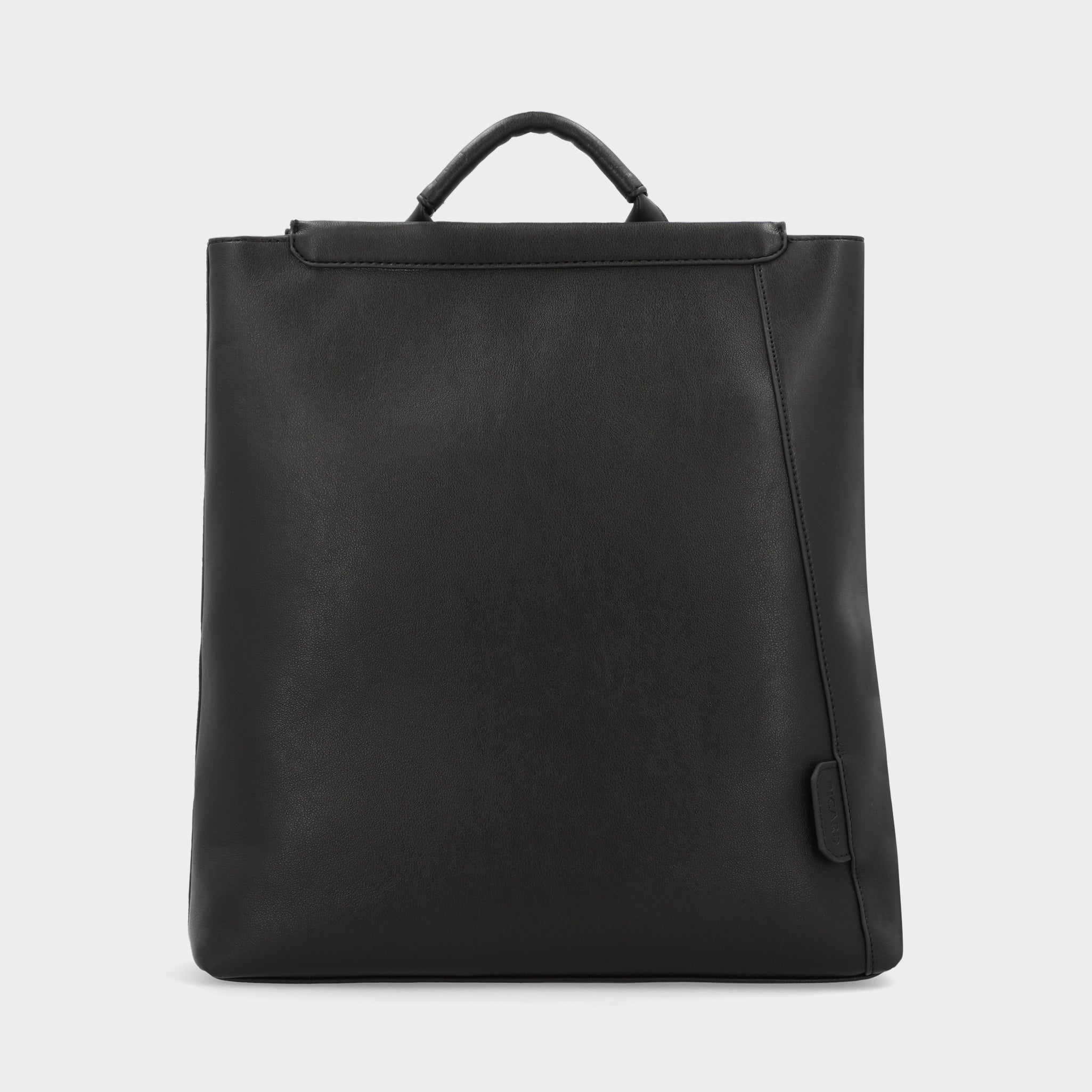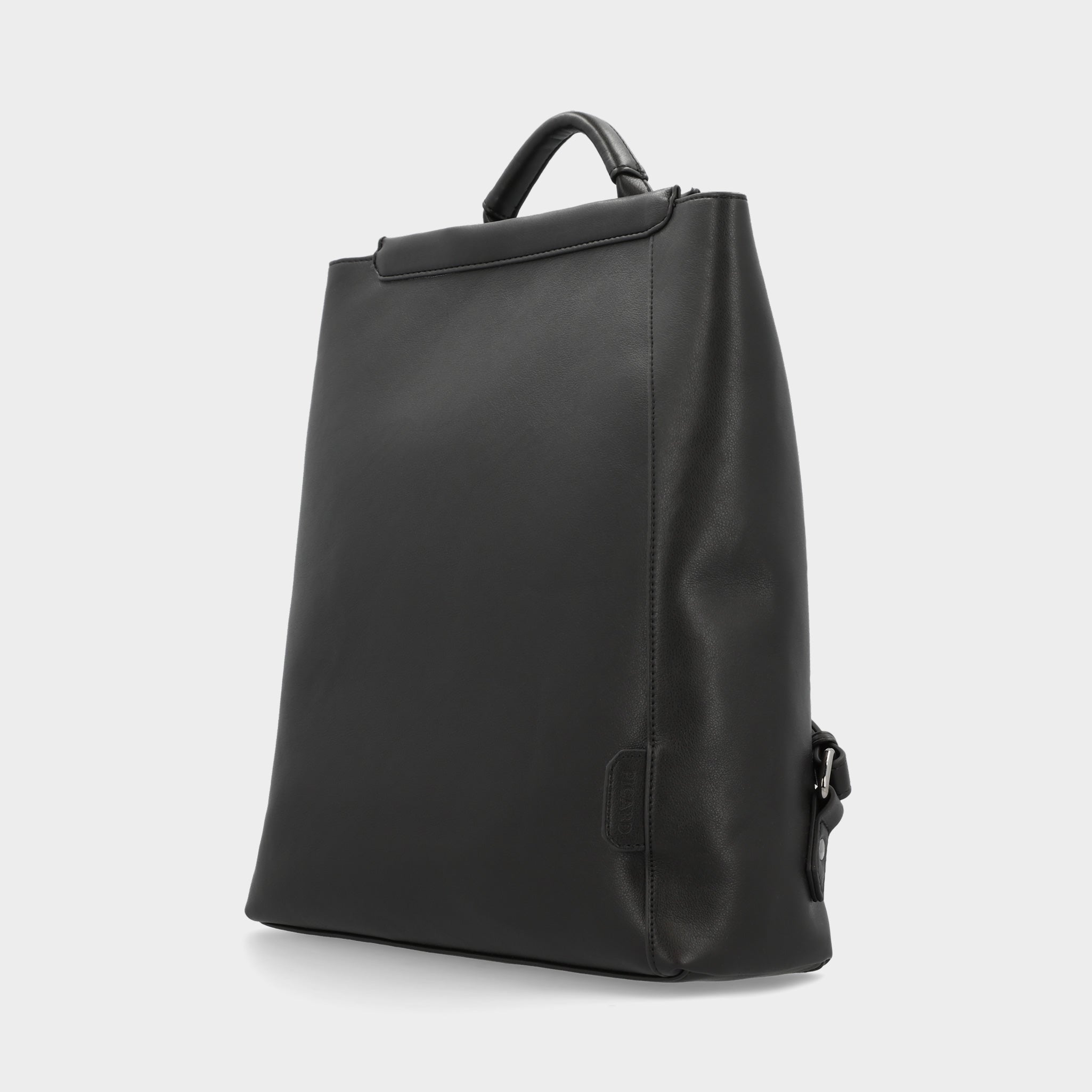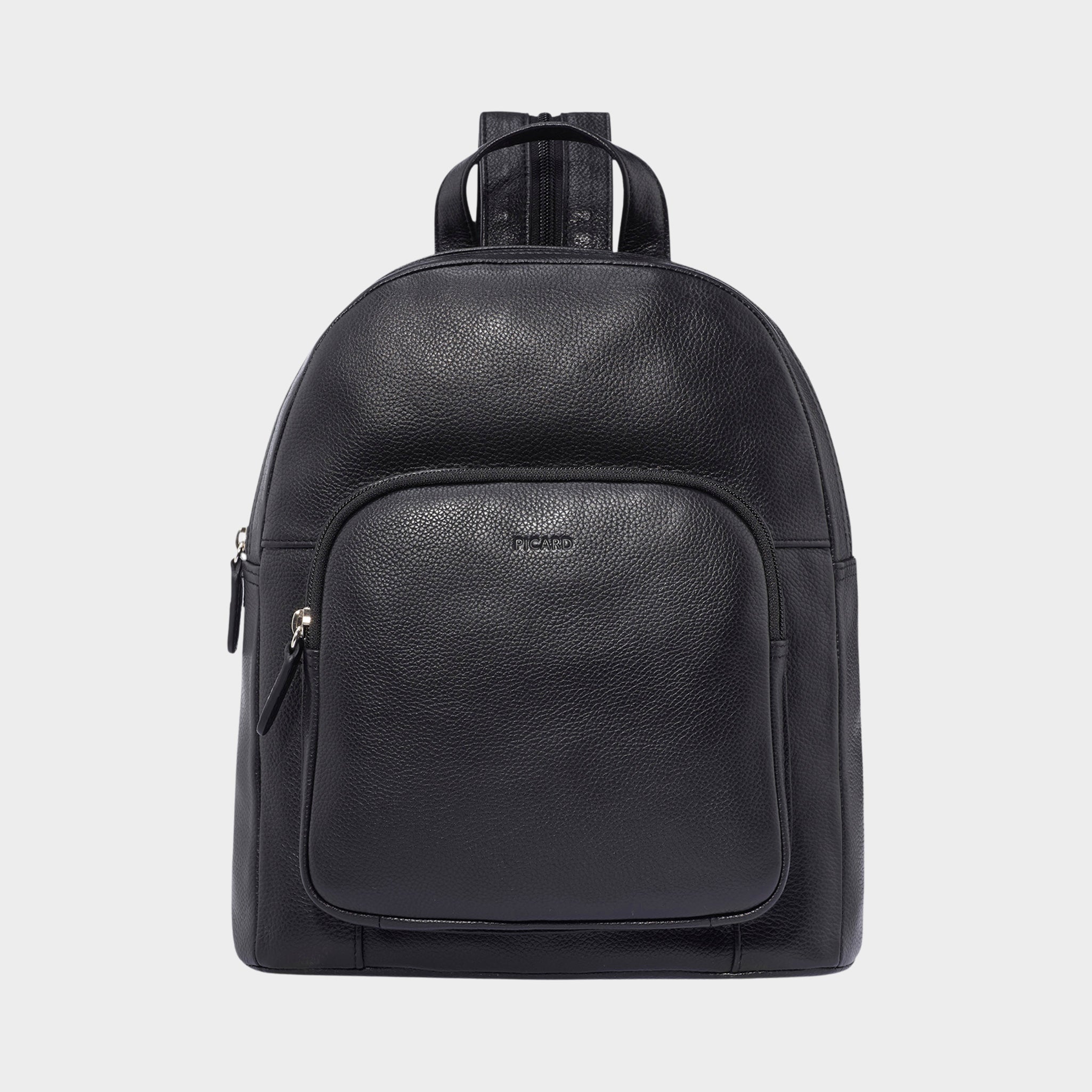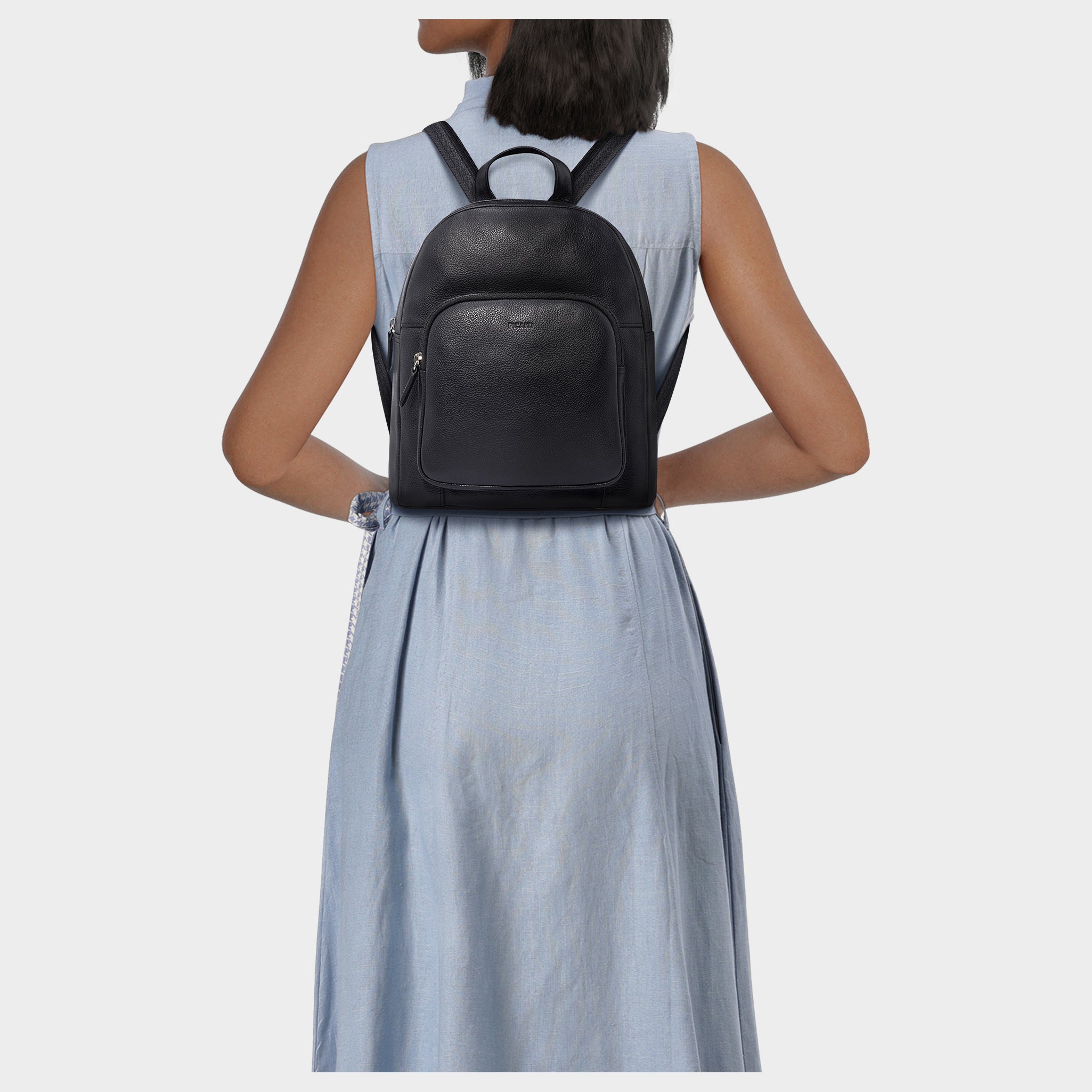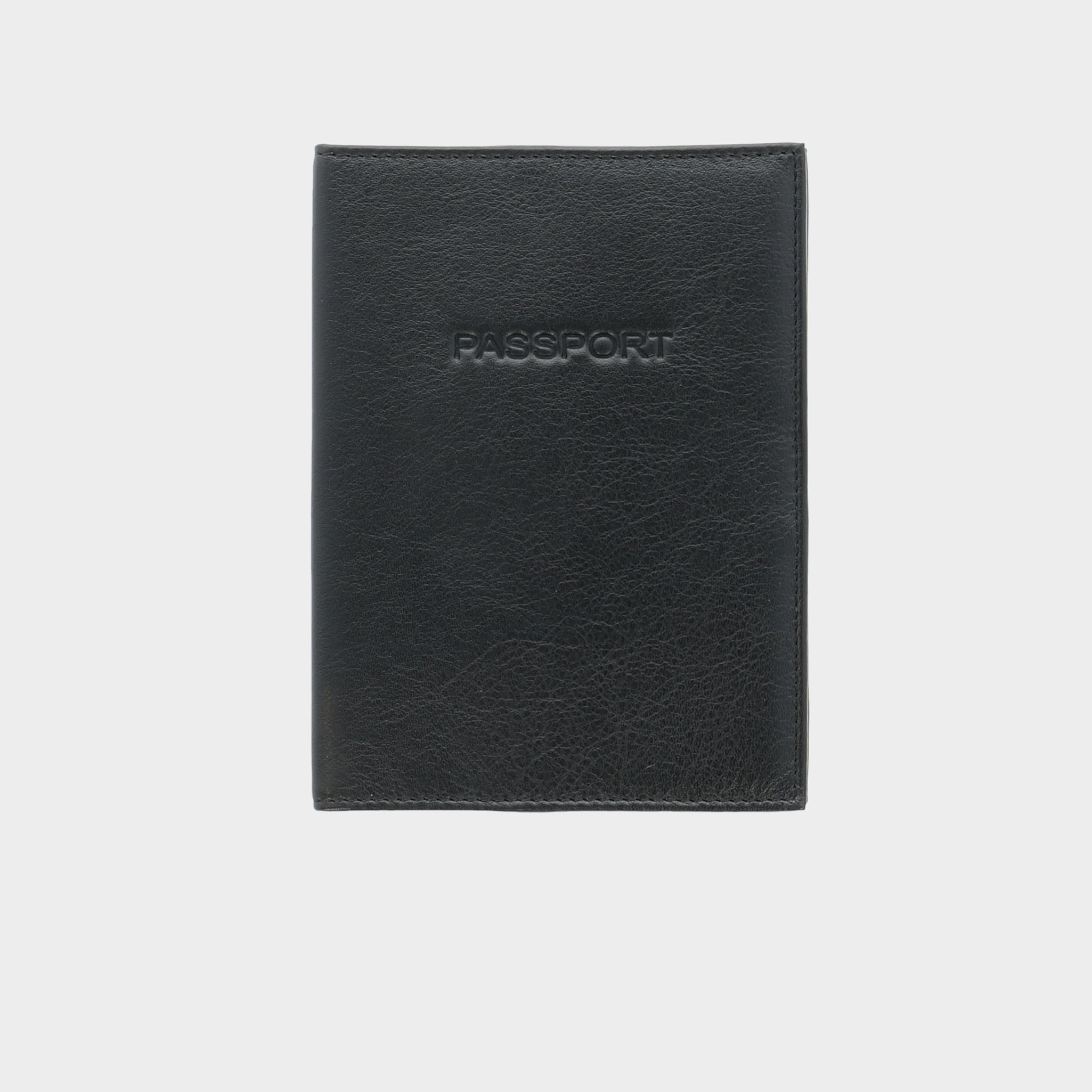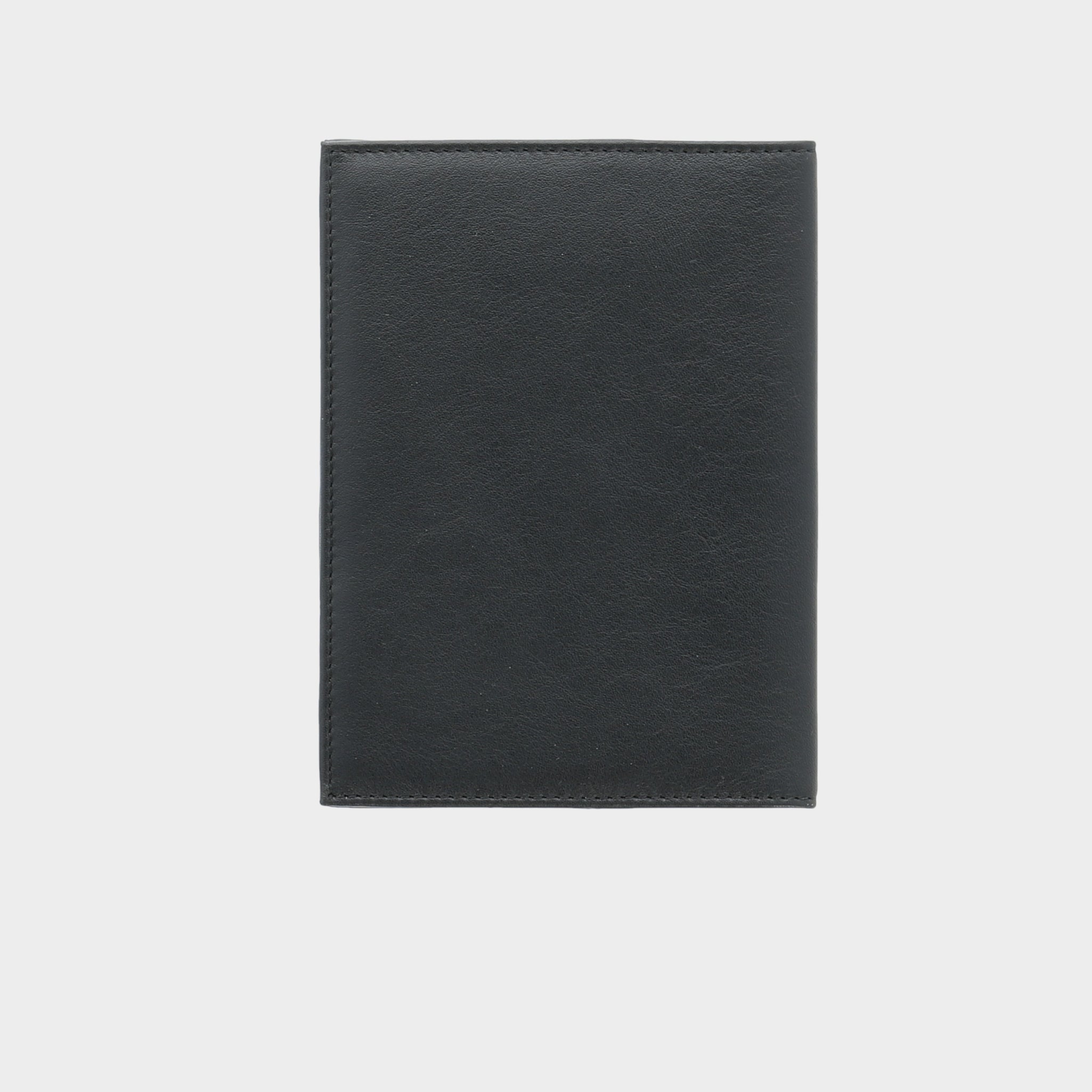Pack cleverly: What can you take with you on the plane in your suitcase and hand luggage?
Finally, vacation! If only there weren't the hassle of packing your suitcase. If you want to travel by plane, you need not only your suitcase, but also your hand luggage, and this is where many vacationers ask themselves the question: What can you take on the plane in your suitcase and what is allowed in your hand luggage?
Standard hand luggage is usually 55 x 40 x 23 cm in size and is accepted by almost all airlines with these dimensions. However, larger items of luggage and certain items are not allowed into the cabin at all.
Apart from the fact that airlines sometimes create their own regulations, there are also basic rules and we would like to take a look at them now and create a small checklist.
Are liquids allowed in hand luggage and if so, in what quantities?
Liquids are always an issue in hand luggage, as they can only be carried in very limited quantities. This is not about airline regulations, but about the regulations according to EU directives. Taking creams and the like in your suitcase is no problem, but in hand luggage it becomes critical.
You must follow the following rules:
-
A maximum of individual containers with a capacity of 100 ml are permitted.
-
These containers must be packed in a plastic bag.
-
The plastic bag may have a maximum volume of one liter.
-
The bag must be presented at security check.
However, there are exceptions for hand luggage. These apply to drinks purchased in a duty-free shop. Since purchases are made here after the boarding passes have been checked, there are no rules to be observed.
However, staff must seal the purchased drinks in a plastic bag and it must be clearly visible when and where the product was purchased. Only then can it be put in hand luggage and must remain sealed there.
And how many 100ml bottles are allowed in hand luggage? There is no limit on the number. The only rule is that you can only fill one bag with a capacity of one litre. This must be presented at the security check.
Are you allowed to take food in your suitcase?
How many liquids are allowed in a suitcase is always a tricky discussion. In fact, you are allowed to take liquids on the plane in your suitcase; there is no limit (apart from the weight). Pressure equalization takes place in the cargo hold, so bottles generally do not burst.
You can also take food on the plane in your suitcase, but only in household quantities. Special regulations apply to food of animal origin, which may be prohibited for hygiene reasons. The airline is the ideal contact if you have any questions about what you can take on the plane in your suitcase.
And what about food in hand luggage? Food in liquid or creamy form is also subject to the 100 ml rule in hand luggage. For example, yoghurt, canned goods, honey, soft cheese and drinks may only be transported in a 1 liter bag. An exception is baby food, which can of course be taken on the flight in the appropriate quantity.
Taking liquid foods in your suitcase is no problem, there are no restrictions here. If you want to transport food in your suitcase or on a plane within EU countries, you can also use hand luggage. Solid foods such as cereal bars, biscuits, sandwiches, vegetables and fruit can be carried in hand luggage. If there are larger quantities, these can be taken in your suitcase.
Carrying medication on an airplane: What regulations are there?
You don't have to miss your vacation just because you need medication. But what can you take on the plane in your suitcase and what can you even take in your hand luggage?
There is a simple rule for non-prescription medication: you must take liquid products in your suitcase, pills, capsules and tablets in their original packaging can be carried in your hand luggage. If you need liquid medication during your flight, you can also carry it in your hand luggage. Check with the airline beforehand to be sure.
If you want to transport prescription drugs in your suitcase, you will need a certificate from your doctor. During a security check, they will not only look at how many drugs you have in your suitcase, but also what they are intended for. You can ensure faster processing if you carry a receipt from your doctor. Depending on the country, there are strict entry regulations that could become a problem without this proof.
Power bank on the plane: Are electronic devices allowed on the plane?
What can you take in your hand luggage and what can you take on the plane in your suitcase? Electronic devices can generally be carried, but there are a few special regulations regarding batteries. Electronic devices such as smartphones, laptops, handheld consoles, digital cameras, speakers, electric toothbrushes, flashlights and hair straighteners as well as e-cigarettes can be carried in hand luggage.
Batteries are subject to special regulations and must not exceed 160 watt hours (some airlines limit this to 100 watt hours). Batteries can be taken on the plane in your suitcase if they are not needed during the flight.
Even if the power bank is suitable for hand luggage, as long as it does not exceed the permitted watt hours, there are strict restrictions. If your power bank has more than 160 watt hours of power, it is not only prohibited in hand luggage, but you are also not allowed to take it with you in your suitcase. So pay close attention to what kind of product it is.
There are other electronic items that you are not allowed to take with you in your suitcase because they are considered a security risk according to flight regulations. These include:
-
Smartphones of the Samsung Galaxy Note 7 series, as battery problems were common here
-
Apple MacBook Pro 15-inch devices that were on the market during 2015 to 2017
-
E-scooters, Segways and hoverboards as well as all other battery-powered means of transport
-
Smart suitcases
It is also interesting to note that you are allowed to take some items on the plane, but not in your suitcase. These include e-cigarettes, power banks with a maximum of 100 watt hours and drones. You are allowed to take these items in your hand luggage, but they have no place in your suitcase.
What is not allowed in the suitcase?
What can you take with you in your suitcase on an airplane? Most holidaymakers would answer this question with a succinct "everything". Almost everyone knows that there are restrictions on weight and hand luggage, but you are not allowed to take everything with you in your suitcase either.
There is a general ban on lighters, for example. As a smoker, you are allowed to carry one with you or matches, but petrol lighters, storm lighters and spare lighters are taboo and may not be taken on the plane in your suitcase.
Diving lamps are also prohibited, as they can be a source of danger for flight operations. The same applies to camping stoves, as the gas they contain can become a risk factor. However, if the stove is packed without gas, it can be taken on the plane.
The general rule is that items in your suitcase must not pose a danger to the aircraft. Everyone knows that fireworks, weapons and obviously dangerous items cause a lot of trouble at security checks.
But what can you take with you in your suitcase on the plane? Is pepper spray OK for self-defense on vacation? Here is a small checklist of what is not allowed in your suitcase on the plane:
-
Weapons and ammunition: The only (possible) exception is for hunting and sporting weapons, but only if this has been approved in advance by the airline.
-
Pure alcohol: Pure alcohol may not be carried in the suitcase on an airplane due to the risk of explosion.
-
Gases: In general, all compressed, pressurized or frozen gases have no place in your suitcase or hand luggage.
-
Hazardous substances: Hazardous substances include radioactive, toxic, corrosive, aggressive, magnetizing and infectious substances. They may not be taken on the plane in your suitcase or in your hand luggage.
Conclusion: Pack your suitcase and hand luggage carefully
To be on the safe side and avoid any problems, it is helpful to ask the airline directly for a checklist for special baggage requirements. As a rule, however, you can travel comfortably from A to B if you adhere to the EU-wide safety regulations. You can find out about individual regulations that only apply to a specific airline directly from the airline.
Perfekte Begleiter für Deine Reisen


